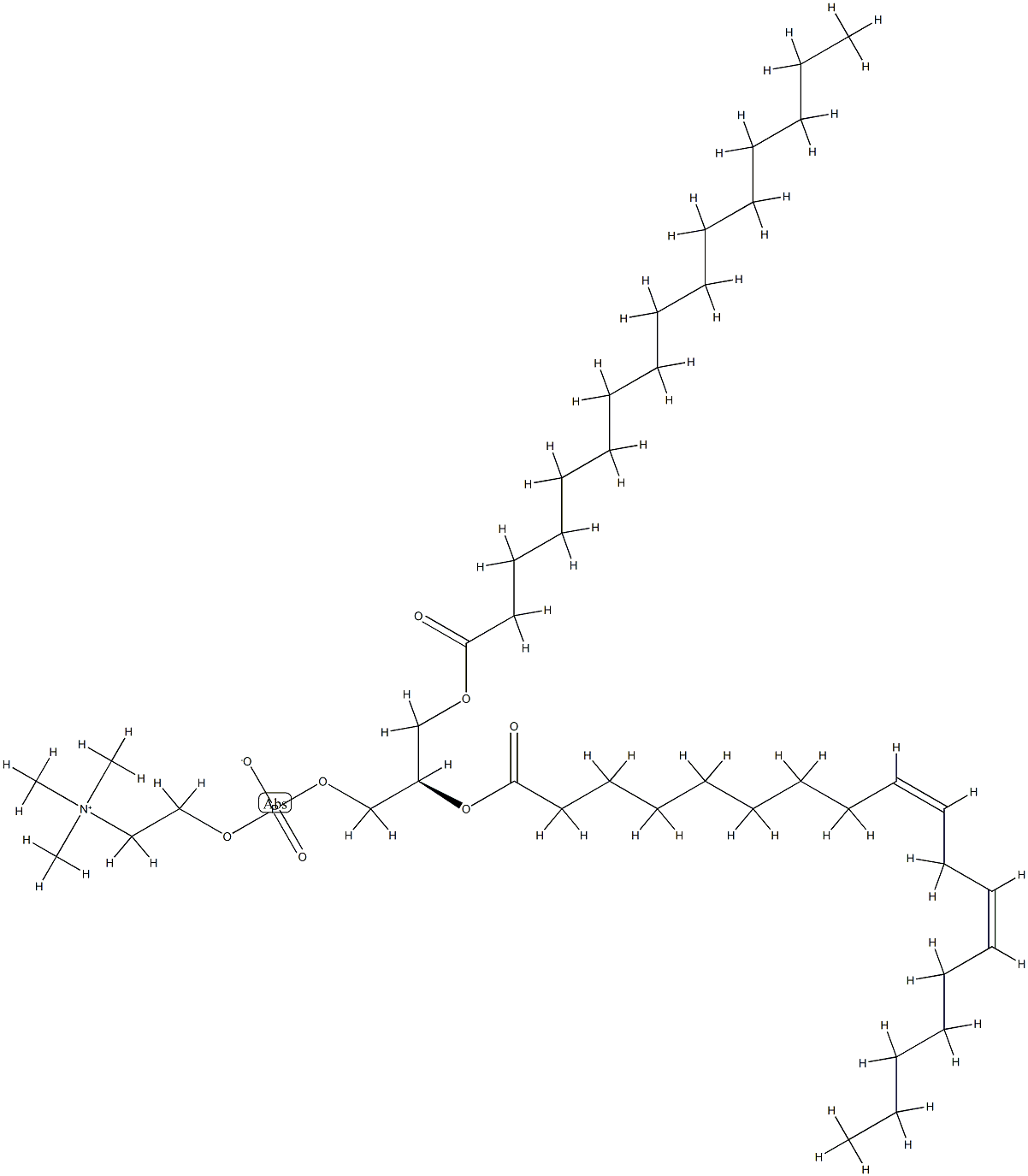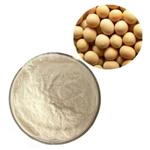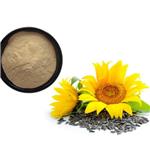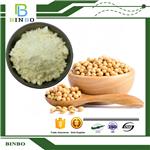Uses
These Secondary Standards are qualified as Certified Reference Materials. These are suitable for use in several analytical applications including but not limited to pharma release testing, pharma method development for qualitative and quantitative analyses, food and beverage quality control testing, and other calibration requirements.
General Description
Phosphatidylcholine is the most abundant phospholipid in mammalian, plant, and yeast cells. It is found mainly in the outer leaflet of cell membranes and can make up approximately half of the total phospholipids. In mammalian tissues, phosphatidylcholine commonly contains a saturated and unsaturated fatty acid at glycerol's C-1 and C-2 positions, respectively. It is a substrate for various enzymes in cell signaling pathways cleaved by phospholipases into diacylglycerol, phosphocholine, phosphatidic acid, and choline. This product contains phosphatidylcholine molecular species with variable fatty acyl chain lengths at the sn-1 and sn-2 positions.
Biological Activity
Phosphatidylcholine is the main source of phosphocholine, which aids in transforming ceramides into sphingomyelin. Phosphatidylcholine is more prominent in the living tissues. Soy PC is commonly used in cosmetic formulations.





